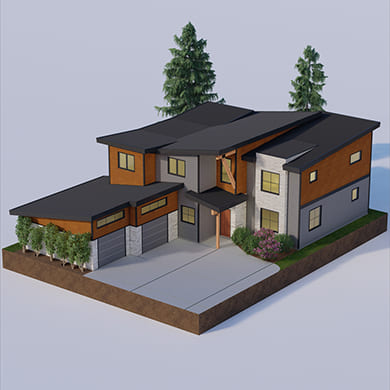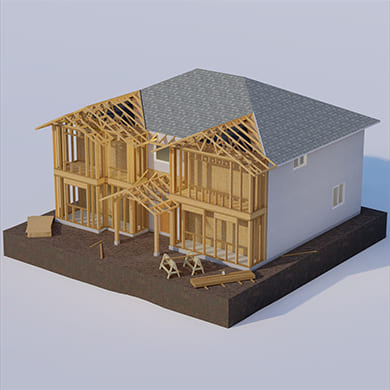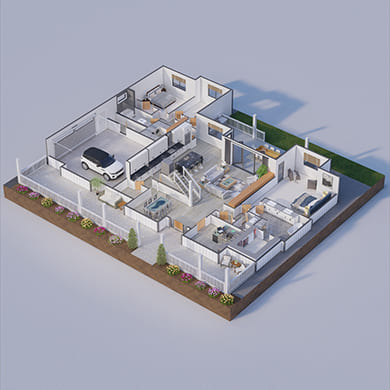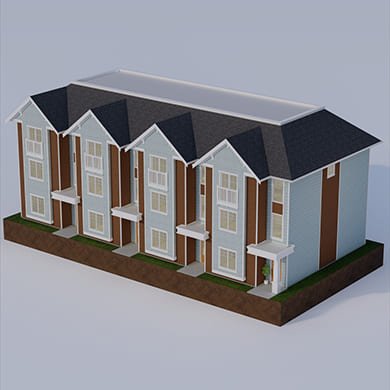Initial consultation incorporating project feasibility, desired styles, wish lists, rough conceptual floor plans and elevations, and how to get it all onto paper.
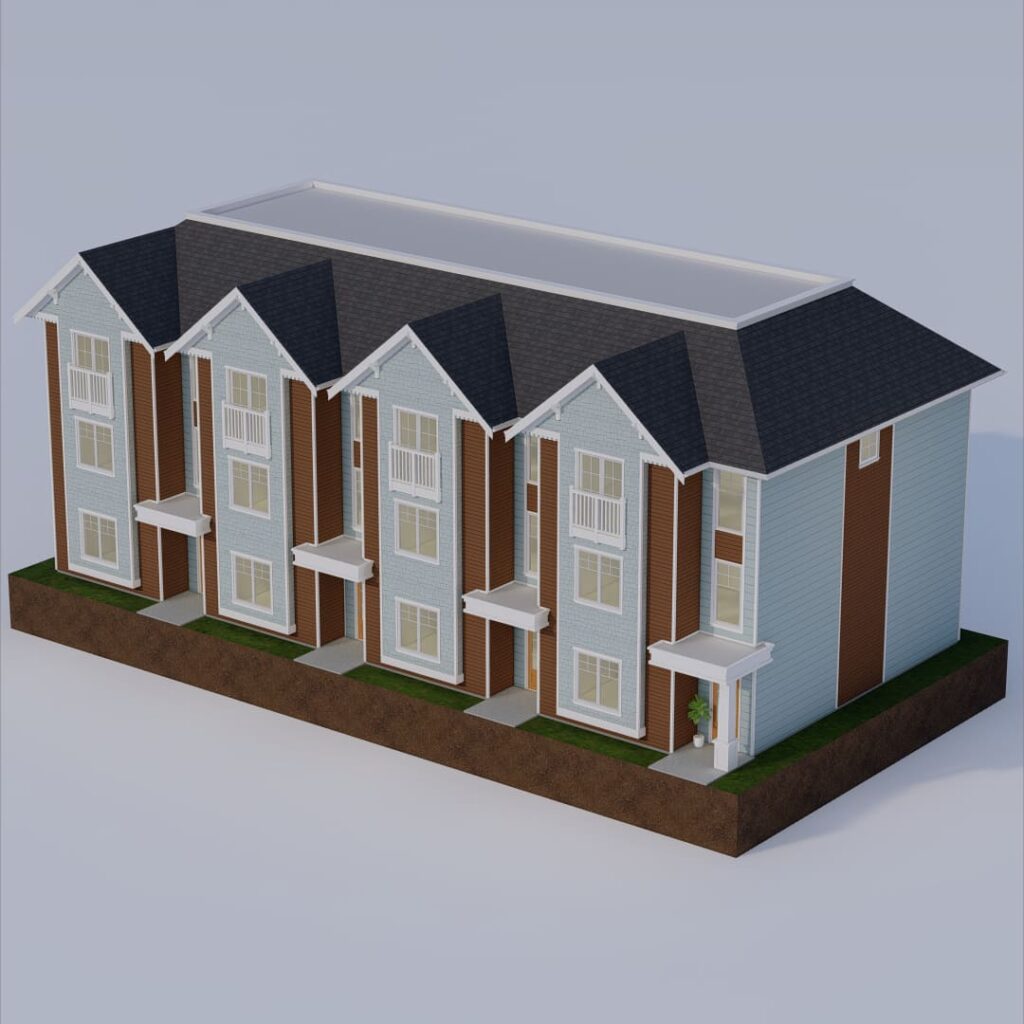
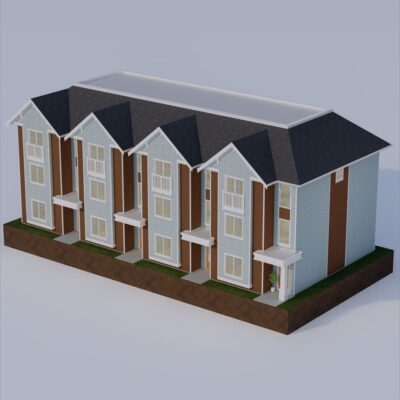
Comprehensive Custom Designs
Development Services
In-depth and highly detailed design is the first step to turning your development into reality. Developments require immense amount of planning and meticulous back-and-forth coordination with the city. We work hard to provide everything you’ll need to present, apply and sell your development to everyone necessary.
Have you bought a single lot and are looking to build and sell? We have you covered. Our spec designs check every box in today’s real estate market for an easy sell. To top it off, we are material and labour conscious when designing, saving you money at the construction stage to maximize your return on investment. There wont be that frustrating 1.5″ cut off of OSB.
Why choose us for your development project? Because not only do we understand how to get the most out of your project, but we understand the city’s procedures and how they operate. Both together translates to a smoother design process and a streamlined rezoning/development permit process.
A full set of to-scale drawings with 3Ds, elevations, detailed floor plans and how it all sits on the property. Continued refinements to the clients preference. Consultation in regards to zoning, building code, and design the whole way through. Full working construction drawings of the house with all necessary technical details required for engineering, building permits and construction.
Initial consultation incorporating project feasibility, desired styles, wish lists, rough conceptual floor plans and elevations, and how to get it all onto paper. A full set of to-scale drawings with 3Ds, elevations, detailed floor plans and how it all sits on the property.
Continued refinements to the clients preference. Consultation in regards to zoning, building code, and design the whole way through. Full working construction drawings of the house with all necessary technical details required for engineering, building permits and construction.
Related Development Services
Development Services
Extra Services
Get In Touch With Us
250 – 915 – 7965
9am – 5pm, Monday – Friday
info@impacthomedesign.ca
Responds within 24 Hours

